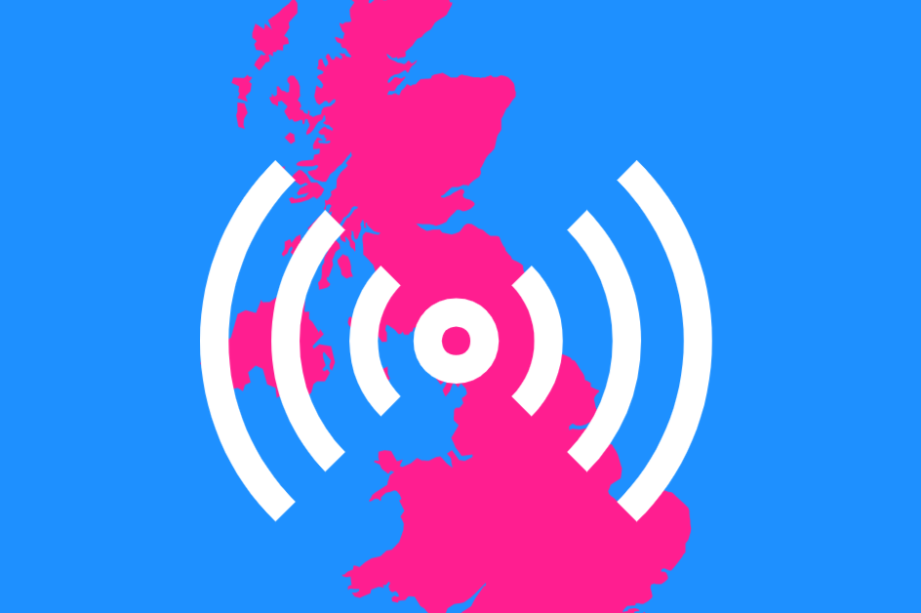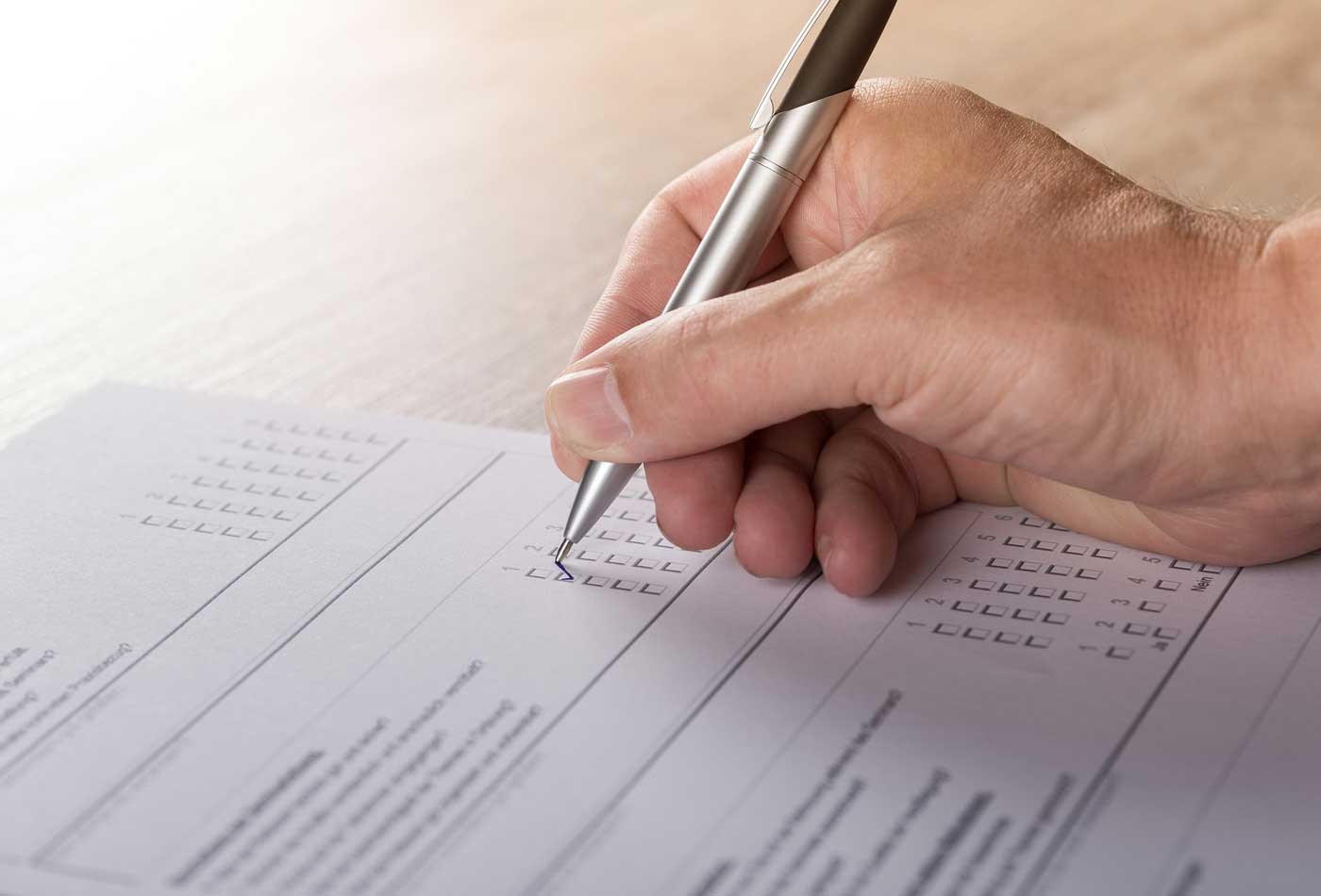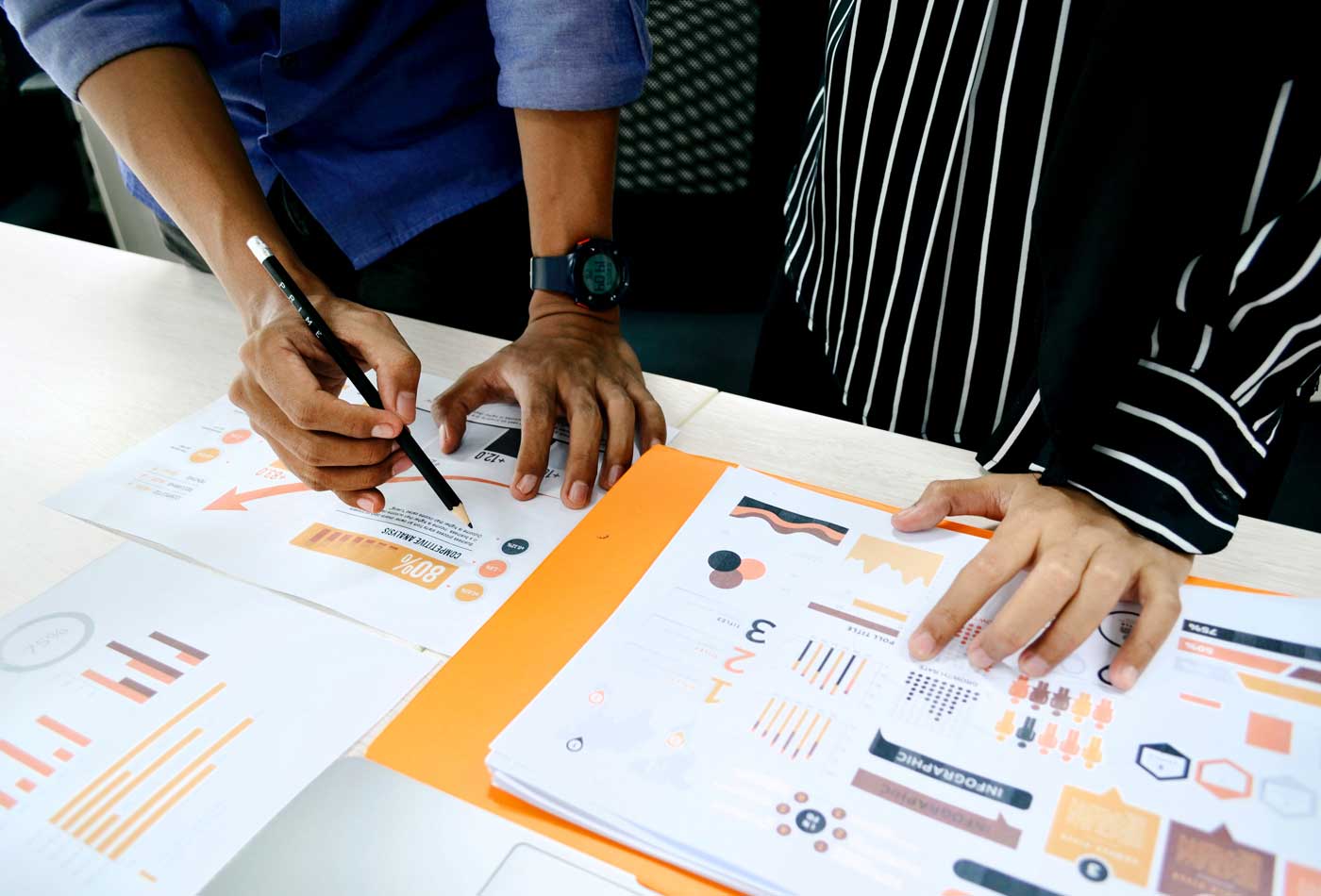Good PR research is the backbone of many PR campaigns. Crucially, our surveys result in stories that broadcast journalists want to use.
WHAT IS PR RESEARCH
PR research generally canvases opinion from the general public or a specific group of people, from which a PR story can be crafted. It’s different from market research, the latter which is used more to find out how customers feel about a particular service or product.
PR research is broader because the reason for commissioning it is primarily to attract the interest of journalists.
Broadcasters in particular like stories that reflect a trend. “Three out of five people will have at least one holiday in the UK this year, according to research published by XXXX”. That would work as a story if , for example, the research shows that this behaviour is in contrast with holiday makers in previous years.
“One in two people don’t know how much alcohol it takes to be over the drink-drive limit” would be another example. Journalists would be interested in this because it has a societal significance. Radio broadcasters would particularly like it because of the number of listeners who have the radio on in their cars. This makes the story relevant and the more relevant a story the more stickability it will have. Broadcast is all about attracting and keeping audiences.
Topics that provoke discussion work well. Some of the best PR opportunities can be when the public relations research story is run in its entirety on radio, followed by an invitation to listeners to call in to the radio station with comment.
HOW WE CAN HELP
Whether you want to reach as broad an audience as possible, or have a specific, niche one in mind, we can help create a story that meets your campaign objectives with our PR survey research service.
Working with our longstanding PR research partners we can build the statistical basis needed for a successful survey story that will meet your campaign objectives. This will give you the genuine consumer insight and public opinion that broadcasters appreciate in a story.
What makes our PR survey research agency different is our journalistic experience. This background enables us to suggest topics, questions and story top lines that will work really well for broadcast, as well as across your campaign.

WHAT TO EXPECT FOR BEST COVERAGE
To ensure the best coverage from research-based stories you need to ensure you’ve got a sample base of at least 1, 000 people. 2, 000 is more credible. People questioned should be spread across the country, for national and regional stations. That’s because if it’s skewed to a particular region then it’s not truly representative.
The greater the breakdown of PR survey research across the country, the better the coverage. Regional radio wants people in their patch to be questioned. We recommend having at least 10-12 regions. You could also consider commissioning research in particular cities; that reduces the number of stations who’ll be interested, but increases your chances of coverage in these cities.
For national stations, including BBC Scotland, Wales and Northern Ireland, we recommend polling at least 200 people. Smaller sample bases are only acceptable when a specific group of people are questioned, for example, if everyone questioned was a managing director, or a parent with a child under five.
EXAMPLES OF RESEARCH
The most common research polls the general public – both sexes, all ages, across the country. But if you have a particular target audience in mind we can tailor the research to attract the most relevant radio and television outlets accordingly.
A story about women’s health, for instance, would only question women. But if it was a story about the effects of the menopause you could narrow this base to only include women over a certain age.
Radio is a particularly good medium for research. The UK has many more regional and local stations than nationals, therefore you should try to make your research relevant to all. PR survey research can be broken down into 12 or more geographical regions, based loosely on counties. But you can increase your chances of securing opportunities on urban based radio stations with the biggest audiences, by basing the research polls in cities instead of counties. You may end up with slightly fewer interviews, but the opportunities you do get will have the biggest audience reach.

OTHER FORMS OF PR RESEARCH
Other ways of using research as the basis of a PR story include Freedom of Information requests, which can take a while to obtain but often form the basis of a good solid story, as they come from official sources. Industry statistics, using a company’s own information can also give an insight that journalists appreciate. Or academic research, for which a brand teams up with a university department for example, adds huge credibility to a PR campaign.
We’re a PR research agency that can help you understand your target audience and create engaging PR stories. Get in touch to find out more.
Get in Touch
FAQs
Q Research sounds like an expensive option
It really isn’t expensive, relative to what you get in return. You can just commission a couple of omnibus questions, if you want to pad out another element of the story. For example, a product launch by itself will be deemed too commercial, but if you have a couple of research points too then the commerciality is watered down to a more acceptable level.
More typically you’d commission 10 questions. We’d have a pretty good idea what sort of story you’re going to get from that, but 10 questions allows for a couple of more experimental questions too – they could result in something spectacular, or they might not work in which case we still have another 8 questions to fall back on.
Online research, using participants who have the ability to respond this way, is the most cost effective PR research, starting from around £2, 500. But expect to pay more if you want to question a particular sector of the population.
Q How many people should be questioned for PR research to be successful?
The absolute minimum number of people to be questioned as part of public relations research is 1,000. Broadcasters will reject any less as being meaningless. But many are asking for at least 2, 000. Basically the better quality the research the better quality the coverage will be.
For example, BBC Radio Scotland may ask how many people were polled in the nation. Quite rightly they want the research to be meaningful. That means at least 200 people, but ideally more.

Q Why choose Shout! Communications?
As former broadcast journalists we can help you craft a PR research story that radio and television programmes will want to use. The worst sort of PR research story generates a reaction of “so what”. We’ll help you avoid this.
We work with a number of PR research agency partners, to suit different budgets and areas of expertise. But we take control of the process to ensure the end result is definitely going to result in the best possible coverage.
Q How long does it take to commission research?
We advise allowing at least a couple of weeks from approaching us to getting the numbers back from the field. We can turn things around speedily, but you should probably allow a couple of days going back and forth with questions – so we can ensure we understand and embed your key messages thoroughly.
For broader research it’s good to allow a week for the research to be taken into the field. We need to ensure the correct number of people have being polled and that there is a good spread across the UK.
Once we have the research back we need a day or two to analsye the numbers and produce a national press release.
Q What about international PR research?
We can offer that too. You should allow a few more days – three weeks rather than two – for us to turn this around. In particular we produce American research on a regular basis.
THE PR RESEARCH PROCESS
Step 1. It all begins with the headline. This will be in keeping with whatever key messages you have, but more significantly it will have some sort of “wow” factor. As journalists we used to talk about the pub story – that is a story that was so interesting/unusual/funny/different that you remembered it all day and told someone else about it over a drink.
It’s possible your key message won’t be in the headline. If we feel this is to commercial we will insert this message more in the body of the story. That’s because the headline needs to attract the journalist.
Step 2. We will draft a set of questions for you to approve. The aim of this is to create a story with a strong top line that journalists will like. The rest of the questions expand the headline with a compelling narrative to reflect the brand’s messaging.
Step 3. We agree what type of audience you want to target, so we can sell-in the story accordingly. The questions then go into the field.
Step 4. Once the results are back, we will analyse the findings, flagging up the main points to you. Sometimes research comes back as you’d expect, other times there are surprises! Either way we will advise which points make the best story, in the eyes of journalists. Once these are agreed we will draft a national release, followed by tailored regional releases.
